With the return of several high-profile designers, like Opening Ceremony, Proenza Schouler, Rodarte and Rihanna, this New York Fashion Week was filled with promise. And boy did it deliver. Aside from the fun and excitement — Opening Ceremony’s “The Gift of Showz” drag extravaganza; Rihanna’s silk-and-lace-filled celebration of womanhood where a nine-months-pregnant Slick Woods hit the runway wearing nothing but pasties — the lineups embraced a level of diversity beyond what, not long ago, anyone would have thought imaginable. Close to one-fourth of New York’s shows featured over 50 percent models of color — and that’s not all. Every single category we examined hit record highs. Could it be a new day is dawning?
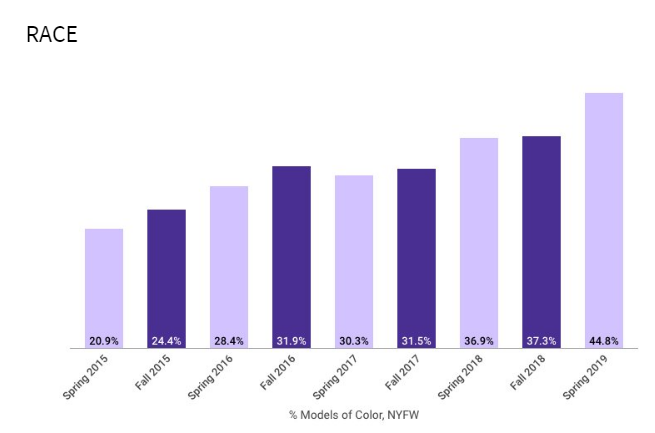
We’re happy to report that racial diversity on the runways reached an all-time high during New York Fashion Week’s Spring 2019 season. After reviewing 76 major shows and 2,203 model appearances, we found that 44.8 percent of runway castings were models of color — that’s nearly half. It’s also a sharp (7.5 point) increase from Fall 2018’s 37.3 percent and, for comparison’s sake, more than double the 20.9 percent nonwhite models we saw in Spring 2015 when we first began tracking runway diversity. This is the first season that nonwhite models have accounted for over 40 percent of castings and the fourth wherein every New York runway show included at least one model of color.
TOP MODELS
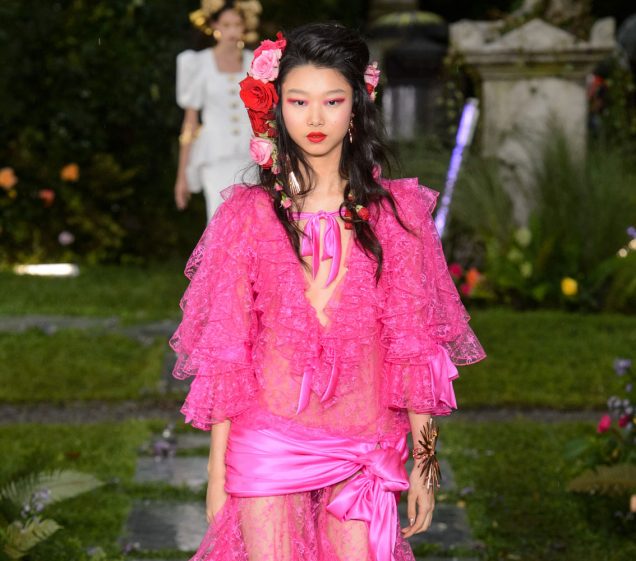
This season, women of color ruled our most-booked models list. Of the 11 models who racked up the most New York Fashion Week runway appearances, more than half (seven) were nonwhite. This marks the first time since Fall 2017 that the majority of the season’s top models were of color. What’s more, South Korean model Yoon Young Bae actually tied for most-cast model alongside Maastricht-born beauty Kiki Willems. Both have been runway regulars since around 2016 and both appeared in 12 Spring 2019 shows in New York.
In second place came Sudanese-Australian model Adut Akech, who booked 11 shows. The remainder of the list, which includes Chinese-Nigerian model Adesuwa Aighewi, Dominican model Anyelina Rosa, African-American model Selena Forrest, Chinese model Chen Siqi and South Korean model Sora Choi, booked 10. No transgender, plus-size or over-50 models made the top 11.
PLUS-SIZE
More exciting news: casting of plus-size talent also reached record highs. A total of 49 plus-size models (2.2 percent) walked in 12 shows in New York, a vast improvement over last season’s 27 in 8 shows (1.2 percent) and Spring 2018’s 34 in 12 shows (1.3 percent). Still, it’s telling that the number of designers opening their runways to fuller-figured models stays roughly the same season after season.
(Note: If we take into consideration Spring 2018’s Torrid and Addition Elle shows, which were cumulatively responsible for 56 of the season’s 90 plus-size castings, then that season was by far the most size-inclusive of any to date. Given that both shows were one-offs, however, and marketed exclusively to plus-size shoppers, we’ve chosen to exclude these outliers from our data going forward.)
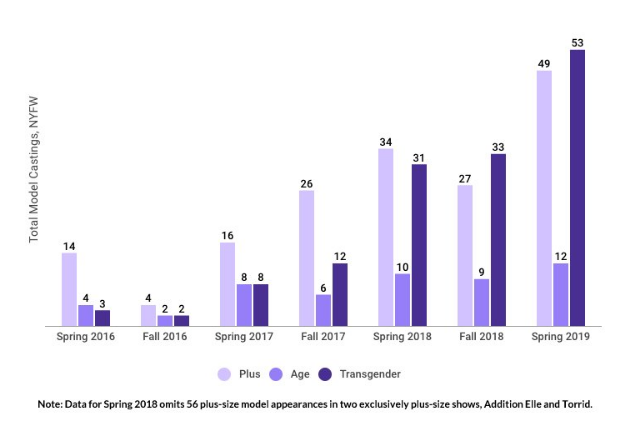
As we’ve come to expect, Chromat’s roster was the most size-diverse of the season. Among Becca McCharen-Tran’s water-soaked beauties were Seynabou Cissé, Hayley Foster, Emme, Mia Michaels, Jazzmine Carthon, Victoria Gomez, Priscilla Huggins Ortiz, Mia Kang, Ericka Hart, Kimberly Drew, Velonika Pome’e, Sonny Turner and Mei Qin. That’s 13 plus-size models total.
As presaged by Savage x Fenty’s viral ad campaign, newly anointed New York Fashion Week closer Rihanna cast more plus-size models (12) than any designer besides Chromat. RiRi’s Fall 2018 see-now-buy-now lingerie Eden was filled with women of “all body types and all races and all cultures,” among them Paloma Elsesser, Molly Constable, Anita Marshall and Lulu Bonfils.
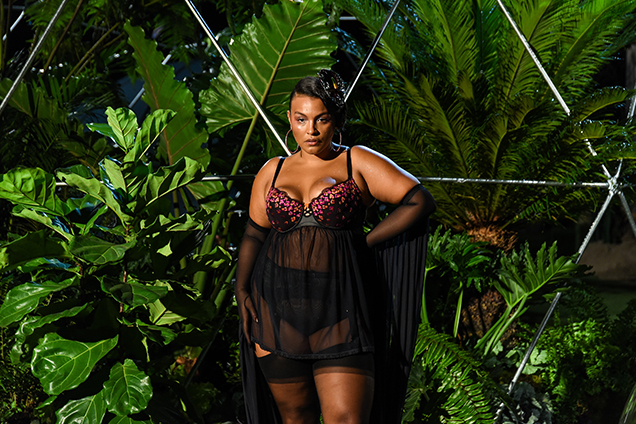
Per usual, Christian Siriano was responsible for another significant chunk of the season’s plus-size castings. The red carpet regular included eight plus-size models — Marquita Pring, Candice Huffine, Sabina Karlsson, Foster, Precious Lee, Alessandra Garcia Lorido, Ali Tate and Georgina Burke — in his Hawaii-inspired Spring 2019 show.
Only 16 plus-size castings occurred outside Chromat, Savage x Fenty and Christian Siriano. Sies Marjan, Collina Strada and Yuna Yang joined the fight for body inclusiveness, the latter hiring Alexander McQueen alum Betsy Teske and America’s Next Top Model Cycle 24 favorite Khrystyana Kazakova. Back from its season-long hiatus, diversity stalwart Tome tapped Cissé and Constable. Gypsy Sport’s reliably unconventional, gorgeous cast featured model Sushunny (who also starred in the brand’s Fall 2018 campaign) and makeup artist Raisa Thomas. Eckhaus Latta invited Elsesser back for a third season; Pring, Huffine and Yvonne Simone took part in Carly Cushnie’s first solo show.
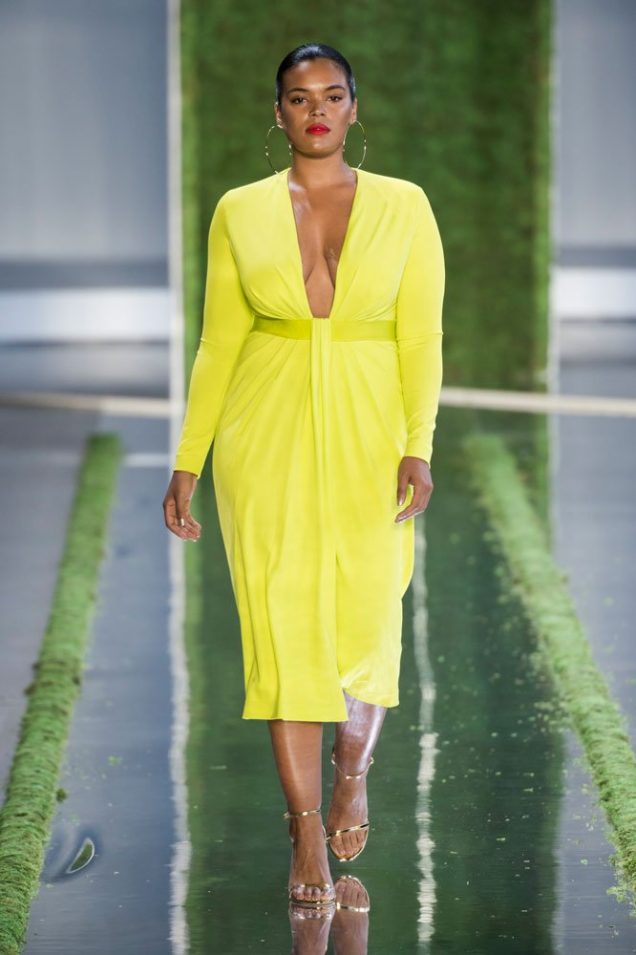
As for the big-name brands: since Fall 2017, Prabal Gurung and Michael Kors have regularly prioritized inclusivity and this season was no different. Ashley Graham, the first plus-size model to walk in any Kors show, returned for her fourth consecutive season, Karlsson for her third. At Gurung, Huffine made her fourth appearance, Pring her second.
It’s heartening that, of the season’s 49 plus-size castings, 35 went to women of color. What’s more, of the 14 remaining (white) castings, two went to plus-size women over the age of 50 — Emme and Michaels, both at Chromat. Still, McCharen-Tran remains the only designer to give work to older plus-size women and the week was sorely lacking in transgender and non-binary plus-size representation.
All in all, it’s a great sign that size diversity on the runways is up, especially after last season’s stumble (between Spring 2018 and Fall 2018, the number of plus-size castings fell by seven) and the Fall 2018 print campaigns’ feeble plus-size turnout (only seven plus-size models landed campaigns, a record low). Plus, slowly but surely, more commercial designers seem to be getting the size diversity memo, which bodes well for the plus-size consumers hoping to actually wear the spring collections.
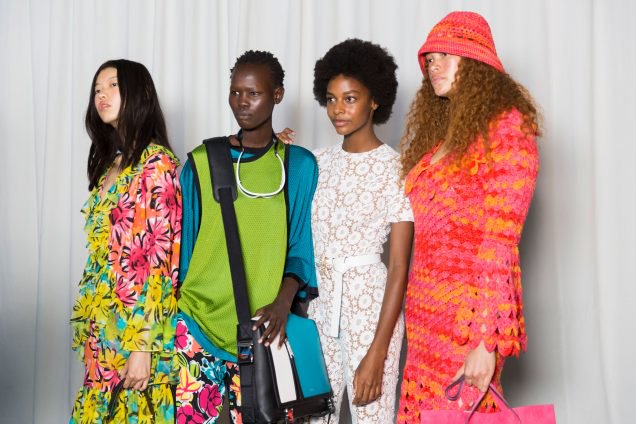
Another surprising development: for Spring 2019, 37 years after Michael Kors first launched his brand and just a year and a half since he cast his first plus-size model (Ashley Graham in February 2017), the designer had one of the most all-around inclusive lineups of New York Fashion Week with 56.4 percent models of color, two plus-size models (one of them mixed race) and one transgender model (Teddy Quinlivan).
Marc Jacobs and Coach 1941’s Spring 2019 shows, while not especially ethnic (at the former, only 38.5 percent of the models were nonwhite, at the latter just 37 percent), did particularly well at gender representation, especially as compared to most other luxury labels. Two transgender models, one of them nonwhite, walked Marc Jacobs as did one non-binary model. At Coach 1941, we counted three transgender models, one of them nonwhite, another of whom identifies as non-binary.
Of course, The Blonds and Marco Marco did even better. Phillipe and David Blond’s ode to Disney villainy starred almost 59 percent models of color, three transgender models (all of them nonwhite), one drag performer and one non-binary model — Phillipe Blond, who opened the show. Meanwhile, Los Angeles-based underwear brand Marco Marco made history by hiring an entirely transgender cast — 60 percent of whom were nonwhite — to present its new Collection Seven line.
Finally, on a related note, credit is due to Humberto Leon and Carol Lim of Opening Ceremony, whose Spring 2019 line was modeled exclusively by transgender models (4) and drag queens (21), 43 percent of them nonwhite, two of them non-binary, the whole group stunning representatives of the LGBTQIA+ community.

Season in and season out, our diversity report takeaways stay much the same: that the industry has a long way to go when it comes to inclusion, that the principle always seems to be one step forward, two steps back. But this season’s results were more straightforwardly optimistic with a startling number of New York designers making serious strides toward genuine diversity. Over 40 percent of New York’s runway models were of color; our list of all-around inclusive shows ran longer than ever; unprecedented numbers of plus-size, over-50 and trans and/or non-binary models walked. Even though age representation wasn’t as strong as we’d hoped, it’s clear New York brands are getting away from tokenism, especially in the race, size and gender identity realms. Not only that, the progress seems solid. Should heavy hitters like Opening Ceremony and Marco Marco decide to up and move their celebrations of individuality elsewhere, there will still be plenty of diversity-championing brands around to pick up the slack — at least in New York.
by Cordelia Tai


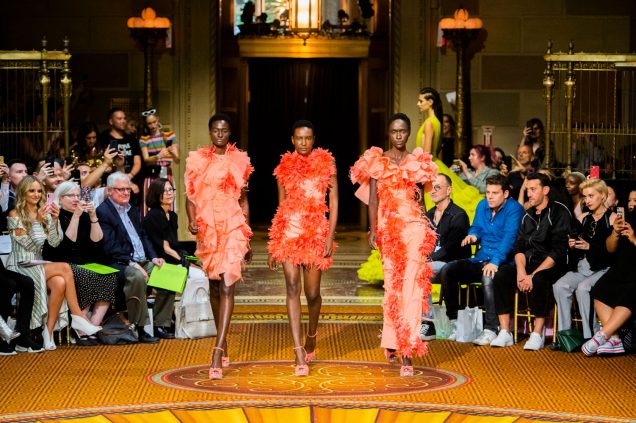
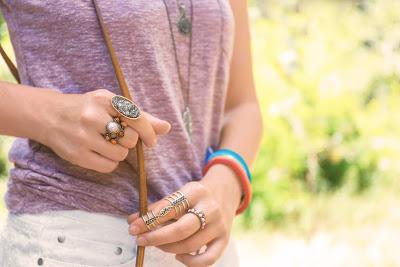
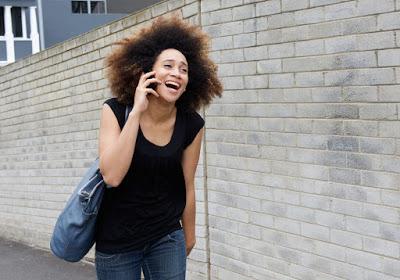

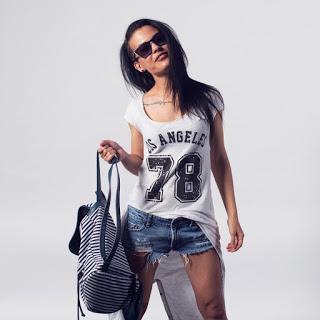
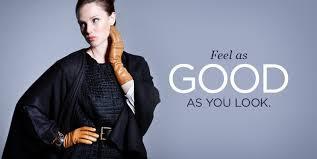
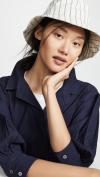




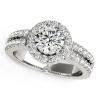





Comments